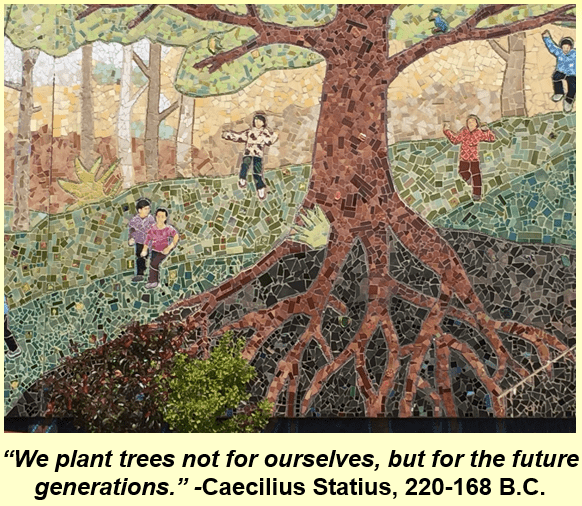How 13 Nonprofit Donors Yields a $1 Million Philanthropic Legacy
 13 happens to be my lucky number. I want it to be lucky for you too.
13 happens to be my lucky number. I want it to be lucky for you too.
Today, I’m going to reveal to you how you can make this happen.
A survey of wills reported on by the Chronicle of Philanthropy revealed the average bequest by everyday donors is $78,630. The survey is a few years old, but as a working average this will suffice. Some people will leave less; some people will leave more.
The point revealed by this survey is you only need about 13 donors (give or take a few) making a provision for your organization in their will to reap $1+ million.
If a major gift for your organization is $1000 (or even 5000 or 10,000), I imagine this sounds off the charts to you. Guess what?
Legacy giving is off the charts!
In fact, bequest marketing produces the highest ROI (return on investment) of any fundraising activity. And a highlight of the 2023 Giving USA Report is that charitable bequests, at $43 billion, were up 4.8% over the previous year and are the only source that exceeded the rate of inflation. Bequests make up a sizeable piece of the contributed income pie, representing around 8-10% of total giving over the last 40 years.
The first step to making this happen for your organization is to encourage bequests.
Actively.
Promote Charitable Bequests, or Else
If you don’t actively encourage charitable bequests, people are unlikely to make them.
Why? There are three primary reasons:
Details


